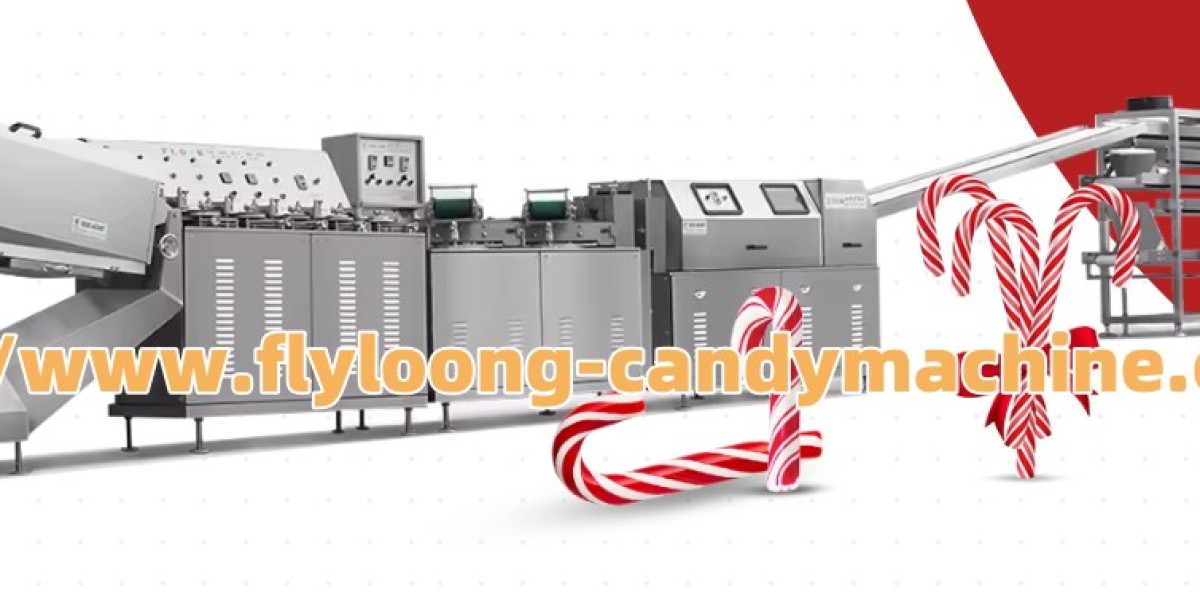Advancing Sweet Production: The Role of a Candy Machinery Factory
A modern candy machine factory plays a crucial role in shaping how confections are produced, packaged, and delivered around the world. As consumer preferences evolve and production standards become increasingly stringent, manufacturers require reliable, adaptable machinery to meet diverse market demands. At the heart of this transformation lies the factory where candy equipment is designed, engineered, and assembled for use in small and large-scale operations alike.
The function of a candy machinery factory goes far beyond assembly. It begins with understanding the needs of confectionery producers—ranging from hard candy lines to soft gummy processing, to automated packaging solutions. Every product requires machinery with unique capabilities, and the factory must account for this during design and fabrication. Whether it’s temperature control, molding precision, or customizable speed, the right equipment makes a direct impact on productivity and product consistency.
A well-structured factory includes departments for mechanical engineering, electrical integration, quality control, and often software programming. The collaboration of these departments ensures that every piece of machinery developed meets technical standards and can be reliably integrated into various production lines. Engineers use digital modeling and testing tools to simulate machine performance before a single part is manufactured, reducing design flaws and increasing efficiency.
Materials selection is another vital part of the candy machinery factory process. Machines that come into direct contact with food must be made from hygienic, non-corrosive, and easy-to-clean materials. Stainless steel, for example, is commonly used for its food-safe properties and durability. Surfaces are often polished and designed for easy maintenance, reducing the risk of bacterial growth or contamination during production.
Furthermore, modern factories are increasingly focused on automation and smart technology. Machinery now often includes digital control panels, programmable logic controllers (PLCs), and data collection systems that help users monitor performance in real time. With greater automation, manufacturers can reduce labor costs, enhance consistency, and improve overall throughput.
Customization is also a growing demand. Not every candy manufacturer operates on the same scale or with the same production goals. A high-quality candy machinery factory will provide options for customization—from adjusting size and capacity to integrating specific functions like vacuum cooking, flavor injection, or specialized wrapping. This flexibility enables confectioners to respond quickly to new trends or seasonal market needs.
Energy efficiency and sustainability are additional factors influencing the design and function of modern candy machines. Many factories now produce equipment that consumes less energy, minimizes raw material waste, and supports eco-friendly packaging solutions. This focus aligns with broader industry goals of reducing environmental impact while maintaining operational performance.
Quality assurance in the candy machinery factory is non-negotiable. After a machine is built, it undergoes several rounds of testing to verify that it performs accurately under production conditions. This includes testing for temperature control, timing, capacity, and even cleanliness. Only after passing these tests is the equipment prepared for delivery to the customer.
A factory’s role doesn’t end after shipment. Technical support and training are essential services offered by reliable manufacturers. On-site installation guidance, operational training, and long-term maintenance advice help customers make the most of their equipment investment. A factory that emphasizes support builds long-term relationships with clients and contributes to the stability of the candy production process.
In today’s global market, the capabilities of a candy machinery factory must be both comprehensive and forward-thinking. As demand for confectionery products grows and shifts, these factories will remain central to ensuring efficient, hygienic, and high-quality production methods. By continuing to embrace new technologies, adapt to customization, and maintain rigorous standards, candy machinery factories are well-positioned to meet the needs of both traditional and modern candy producers.



